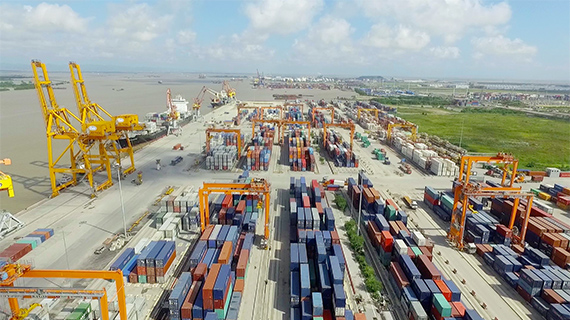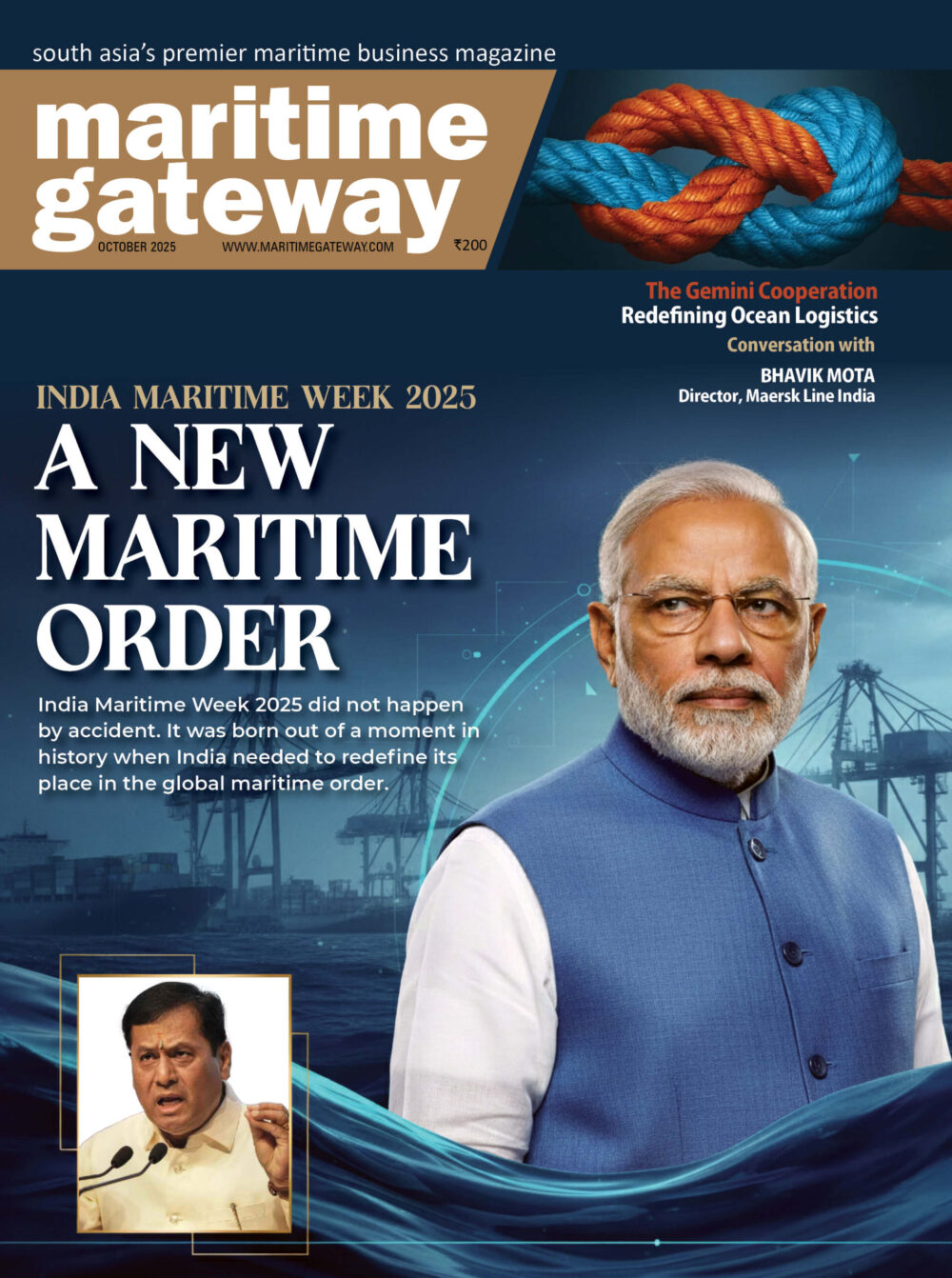September 2, 2020: The government has officially scrapped its plan to build a deep seaport in Cox’s Bazar’s Sonadia out of environmental concerns, said the cabinet secretary.
In January 2012, the cabinet had approved the draft to set up the deep seaport to facilitate the country’s growing international trade, as vessels cannot enter any of the country’s two seaports — Chittagong and Mongla — due to relatively low water levels in the Karnaphuli and Passur channel respectively.
But now, the government has backed out after a study found that the deep seaport in Sonadia may harm biodiversity to a large extent, said Cabinet Secretary Khandker Anwarul Islam while briefing reporters after the meeting, where the Sonadia Deep Sea Port Authority Act 2012 was annulled.
The government is building a deep seaport in Matarbari, which is adjacent to Sonadia, he said.
The official process to discard the Sonadia project started at the beginning of 2020 when the government struck it off the list of fast-track projects.
Muinul Islam, a former professor of economics of the University of Chittagong, blamed the geopolitics for the scrapping of the plan.
“India does not want Chinese involvement in any project in the Bay of Bengal.”
It is alleged that pressure was exerted on Bangladesh in 2014 to cancel a financing arrangement with China to build a deep seaport, he said.
“Sonadia would have been a much better deep seaport compared to Matarbari because of the higher depth of water. But we are not being able to benefit from it.”
The Matarbari Port will provide about 13 metres of depth for deep-draft ships. But Sonadia has a natural depth of 15 metres, Islam said.
Bangladesh’s prime seaport at Chattogram has become seriously handicapped because of a maximum of only 9.1 metres of the available draft for ships.
In 2009, an international consultant for the proposed deep-sea port project said the Sonadia-Moheshkhali point is the best site for the project.
Following a feasibility study, Japan’s Pacific Consultant International observed that establishment of a deep-sea port is feasible as it will be economically beneficial for the country due to its capacity to handle more sea-borne traffic in line with the future growth of the economy.
When Prime Minister Sheikh Hasina visited China in 2014, the two sides agreed to sign a framework agreement on the deep-sea port for an estimated cost of $14 billion, but the signing did not eventually take place as Bangladesh backtracked on it at the last moment, said a foreign ministry official in 2016.
If completed, the Sonadia port would have brought the Chinese presence close to India’s Andaman and the Nicobar Islands, reported the Times of India in February 2016.
In an article last year, Islam wrote Chattogram has become a lighterage port where deeper-draft ships and longer ships are anchored at the outer-anchorage in the Bay.
Lighter vessels are used to carry the cargo or the containers to the port, which comes with a considerable cost in terms of both time and money
Even the bigger motherships unload their import-cargo or containers at either Singapore or Colombo to be transported to Chattogram in lighter vessels. Similar lighterage methods are used for some export items from Bangladesh, he said.
Japan is helping develop the deep seaport in Matarbari, which is 25km away from Sonadia.
Source: The Daily Star









